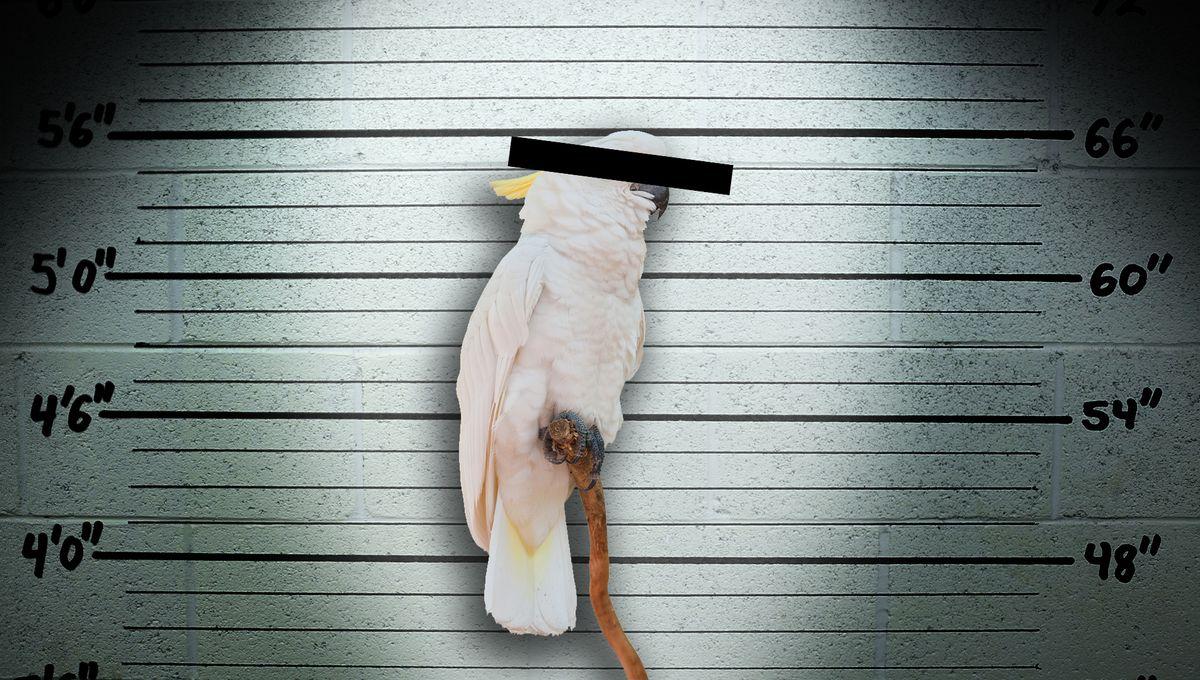-
Feed de notícias
- EXPLORAR
-
Páginas
-
Blogs
-
Fóruns
Suspect Accused Of Fowl Play In Scrubbed Australian Rocket Launch Is Innocent

Suspect Accused Of Fowl Play In Scrubbed Australian Rocket Launch Is Innocent
On May 15, Gilmour Space Technology was supposed to launch its Eris rocket into space, which would have been the first launch of an Australian-made rocket from Queensland. A fault with electrical wiring was to blame; the source had to be investigated, and the first suspect turned out to be a red herring. Well, actually, a white cockatoo.
The company posted a picture of said bird picking at the launchpad cable and posted it on Instagram with the very clear accusation of “Anomaly Investigation… Exhibit A.” ⓘ IFLScience is not responsible for content shared from external sites. But the full investigation revealed that the issue was the result of an unexpected power surge, in turn caused by electrical backfeed from downstream devices. This had not happened before in tests, so they were not expecting it. Finally, they admitted it was not the cockatoo. Justice at last! “Our team encountered the issue before fuelling and liftoff, which is exactly what ground testing is meant to do,” Adam Gilmour, CEO of Gilmour Space, said in a statement after the scrub. “The good news is our team and rocket are both fine. While we're disappointed by the delay, we’re already working through a resolution and expect to be back on the pad soon.” While this particular cockatoo is innocent, it is not unheard of for animals to sabotage high-tech institutions. A weasel chewing through wiring caused the whole Large Hadron Collider to shut down in 2016, and juvenile raccoons have also been caught breaking into a bank (good thing they already had masks on). It is also not the first time that wild animals have gotten close to a rocket launch. There is the story of the poor unfortunate frog flying in the air during a rocket launch (the conditions of the frog are uncertain), as well as Gérard the Sloth, who stole the show during the launch of the European Space Agency’s JUICE mission by slowly appearing on camera near the launch site. While it is rare that animals get close to rockets, it is not uncommon for wild nature to be near launch sites. Both NASA’s Kennedy Space Center and Europe’s Spaceport in Kourou, French Guiana, are surrounded by protected wild areas, and coexistence is usually peaceful and mutually beneficial. Bowen Orbital Spaceport, from where the launch was supposed to happen, has clearly attracted at least one animal. Given how a lot of the fauna in Australia appears to have evolved for mayhem, we might expect more animal-related shenanigans. The company will announce a new target launch window soon. “This is all part of the journey,” added Gilmour. “Everyone is safe, and I want to thank the community in Bowen for your ongoing support — your welcome and warmth mean a lot to our team.”


